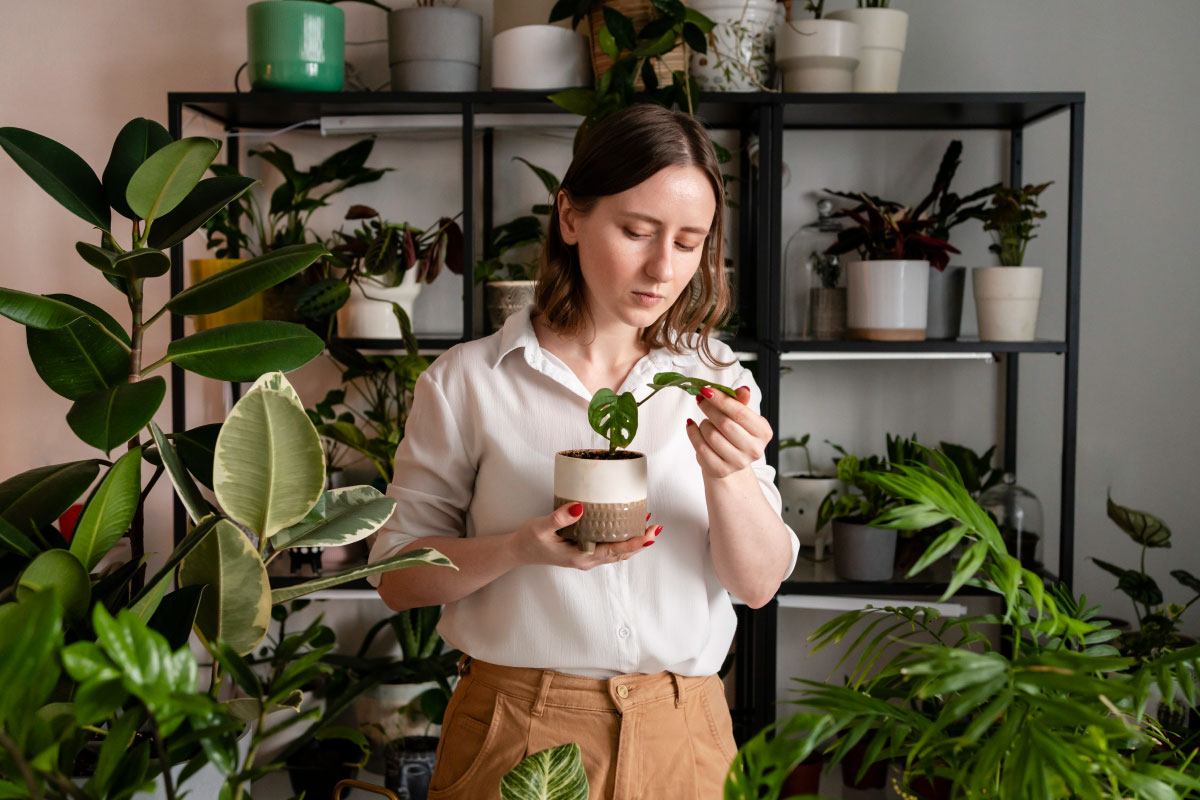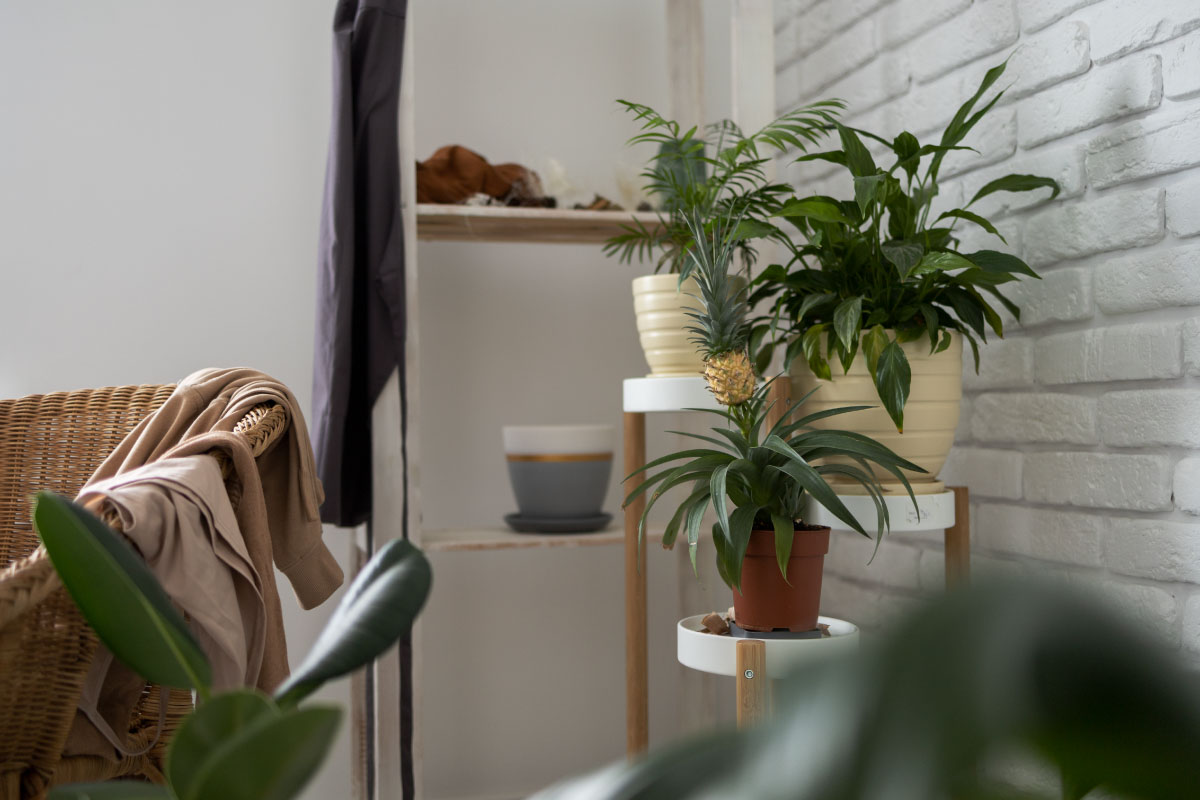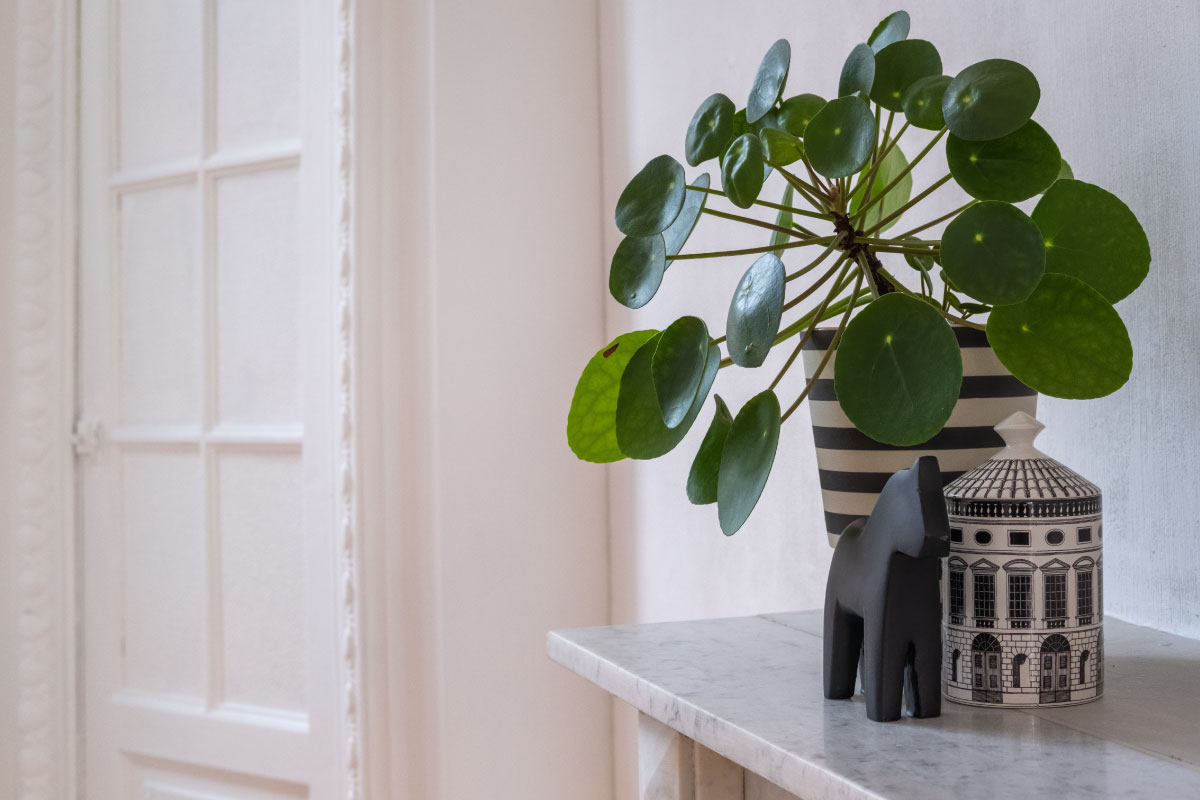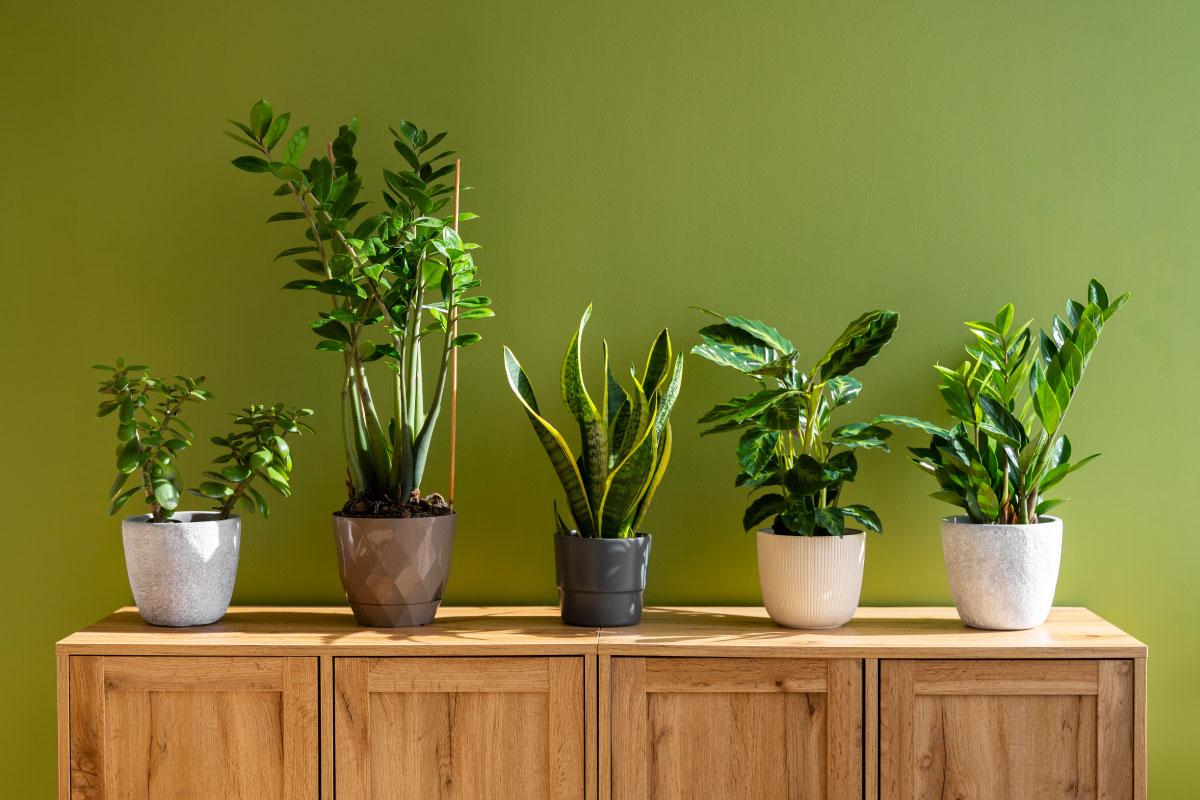NASA reveals which plants purify indoor air
Trendy houseplants - one plant should be placed for every 9sq.m of living space.
We have witnessed that this winter the air quality in Sarajevo and in other cities of Bosnia and Herzegovina and the region is not so good. Given that many of us are forced to spend most of the time indoors, it is essential to ensure a comfortable, productive and healthy space for living and working and especially cleaner air.
By scrolling through Instagram and Pinterest you will notice how trendy houseplants have become, but all those plants on social media did not gain popularity just because they are beautiful a sight for the eyes and refreshing for every interior. It has been scientifically proven that plants can improve mood, concentration and memory and reduce stress levels. The very value of nature is reflected in a scientific study where it was proven that plants are natural air filters.
Furthermore, a famous NASA study conducted back in 1989 revealed that many indoor plants can remove the most toxic and volatile organic compounds (VOC) from indoor air. In that study, scientists studied natural ways of purifying the air in closed spaces, such as the space station, in order to make astronauts stay in space as safe and comfortable as possible.
Although it is difficult to say how many plants are needed to purify the air in a closed space, they came to the conclusion that one plant should be placed for every 9m2 of living space.
The bigger the plants and leaves, the better.
Pollutants that can be found in closed spaces and affect health are formaldehyde, benzene and trichlorethylene, carbon monoxide and nitrogen oxides, pesticides and disinfectants, and radon.
Below, we find out which plants are relatively easy to maintain, look wonderful, enrich the interior and do an excellent job of purifying the air indoors.
SPIDER PLANT (Chlorophytum comosum)
This plant, which is extremely easy to maintain, can remove up to 90% of toxins from the air in just two days. Green lily leaves grow very quickly and help absorb harmful substances such as mold or other allergens. It is especially good for urban apartments that are located in areas of greater pollution. It also neutralizes tobacco smoke, so it will look great in smokers' homes.
PEACE LILY (Spathiphyllum)
A perennial favorite among houseplant lovers is the peace lily. This tropical plant breaks down and neutralizes toxic gases such as benzene, formaldehyde, and carbon monoxide. The plant absorbs pollutants from the air through its leaves and then sends them to the roots, where microbes in the soil break them down. Calm lily also can humidify the room. That's why it's good to have it in your home, especially in winter when the air is very dry.
DRACENA/ DRAGON (Dracaena marginata)
This wonderful plant can grow up to the size of the ceiling, which means that it is great for decorating and filling spaces. It also removes toxins from the air such as xylene, trichlorethylene and formaldehyde. It is best to place it in a bright room away from direct sunlight but avoid drafts. Dracaena soil should be moist, and care should be taken not to let it dry out.
ALOE VERA (Aloe Barbadensis M.)
The gel of this plant has numerous healing properties. It is a herbal remedy for various diseases, and it also helps to improve the air quality in your home. Cleans the air from pollutants found in chemical cleaners. When the amount of chemicals in the air becomes excessive, brown spots will appear on aloe leaves. Aloe vera is best placed in a place with the most sunlight.
SWORD FERN (Nephrolepis exaltata)
This beautiful looking green plant is a natural humidifier. It is ideal for those who have problems with dry skin and other accompanying complaints. In addition to humidifying the air, it also removes traces of formaldehyde and most other types of toxins. When maintaining it, it is important to keep it in a lighted place and water it regularly.
ENGLISH IVY (Hedera helix)
Another hard-working air purifier and a plant that is almost impossible to destroy, making it a great choice for those who can't do well with plants. Extremely resistant, it prefers room temperature, moderate light and moisture. A NASA study showed that ivy is also one of the most effective indoor plants for cleaning benzene from the air, removing 89.8% of benzene within 24 hours. It is important to note that you keep pets away from this plant.
MOTHER-IN-LAW'S TONGUE (Sansevieria trifasciata)
This is perhaps the most famous plant for room detox, which we often see in beautifully decorated interiors. Mother-in-law's tongue or Sanseveria produces oxygen at night, making it an ideal plant for the bedroom. It is equally suited to both lighted and darker places.
CHRYSANTHS (Chrysanthemum)
Chrysanthemum is a particularly attractive plant that is also, according to NASA research, effective in removing harmful organic compounds. The flowers actually clean the air, and the plant only blooms for about six weeks. The soil should be kept moist, and the plants should be kept away from pets.
In addition to being good for human health, plants aesthetically enrich the space, both private and business. They greatly influence the perception of those who stay in rooms filled with plants, creating a pleasant atmosphere. By introducing plants into space, you show awareness and compliance with the trends related to ecology and sustainability, but also the desire to improve and enrich the space in which you are living.





